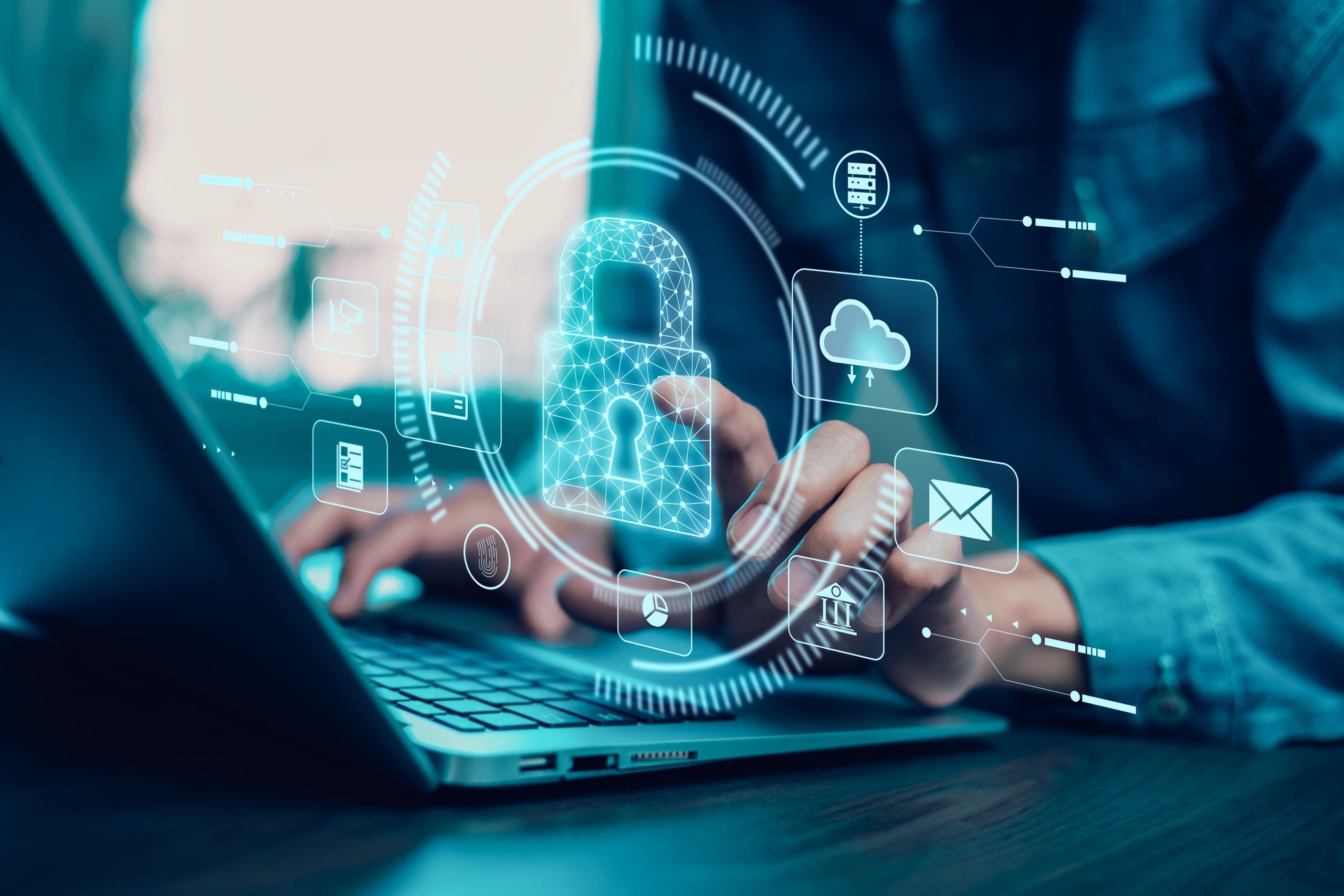
Social media platforms are a prime target for cyber threats, making security a growing concern for businesses and individuals alike. Without proper user management, accounts can become easy entry points for attackers looking to exploit weak access controls, manipulate content, or steal valuable data. A single compromised account can lead to reputational damage, financial loss, and exposure of confidential information.
Unregulated access can also create internal security risks, whether from employees with excessive permissions or inactive accounts that remain accessible long after they should be revoked.
Read on to see why user management is essential for securing social media accounts and protecting digital assets.
Unauthorized access to social media accounts can lead to data breaches, account takeovers, and reputational damage. Weak user management allows cybercriminals and unauthorized individuals to gain control, which can result in the misuse of sensitive information or the spread of harmful content. To minimize these risks, structured user management is essential for controlling who can log in, what actions they can take, and how access is monitored.
Below are the key reasons why user management plays a crucial role in preventing unauthorized access to social media accounts:
- Access restrictions: Without proper role assignments, anyone with login credentials could make unauthorized changes or access confidential data. A structured user management system ensures that only authorized individuals can modify account settings, post content, or access private messages.
- Authentication measures: Cybercriminals often exploit weak passwords and outdated security protocols. Strong authentication methods, such as multi-factor authentication (MFA), add an extra layer of security by requiring additional verification steps beyond just a password. This reduces the risk of attackers gaining access using stolen or leaked credentials.
- Device and location controls: Monitoring login activity helps detect suspicious behavior, such as unauthorized attempts from unfamiliar devices or locations. If user management systems are not in place, businesses may struggle to identify and respond to unauthorized access before significant damage occurs.
- Session management: Unattended social media accounts can be an easy target if they remain open on shared devices or public networks. Automated session timeouts ensure that users are logged out after inactivity, reducing the risk of unauthorized use.
Weak user management makes it easier for cybercriminals to exploit security gaps and gain unauthorized control over social media accounts. Working with this company or a trusted technology provider helps strengthen account security and block unauthorized access. Their expertise ensures the right controls are in place to protect sensitive data and maintain account integrity.
Mitigating Security Risks from Internal Threats
Security threats don’t always come from the outside. Employees, contractors, or former users with lingering access can create vulnerabilities that put social media accounts at risk.
To reduce security risks from internal threats, the following factors play a crucial role:
- User profiles: Assigning user attributes and roles ensures that each account has the right level of access. Generic or shared logins make it harder to track individual activity, increasing the likelihood of unauthorized changes or data leaks.
- Offboarding users: Keeping former employees or third-party partners on the system after their role ends creates security risks. If their access isn’t revoked, they could misuse company data, delete content, or even compromise the account.
- Bulk actions: Managing access for multiple users at once makes it easier to remove outdated permissions. Dormant accounts, if left unattended, could become entry points for cybercriminals or lead to unintentional security breaches.
Without proper user management, businesses expose themselves to unnecessary risks, from insider threats to accidental data mishandling. Keeping access structured and up to date strengthens overall social media security.

Strengthening Protection Against Credential-based Attacks
Cybercriminals frequently exploit weak authentication systems to gain control of social media accounts. Without structured user management, businesses struggle to prevent credential-based attacks that lead to data breaches, reputational damage, and financial losses.
Below are key reasons why user management plays a critical role in strengthening protection against these attacks:
- Stronger authentication requirements: Enforcing policies that require users to create complex passwords and update them regularly reduces the risk of brute-force attacks. Without strict password requirements, cybercriminals can easily guess or crack weak credentials.
- Protection against stolen credentials: If login details are compromised, additional security layers—such as multi-factor authentication—help prevent unauthorized access. Without such safeguards, attackers using leaked credentials can take full control of an account.
- Minimized exposure to phishing attacks: Attackers often impersonate social media platforms to trick users into revealing their login details. Securing account-related email addresses and restricting unauthorized password resets reduces the likelihood of successful phishing attempts.
- Compliance with security standards: Many industries require businesses to follow regulations that mandate strict user authentication and data protection measures. Failing to meet these standards can result in legal consequences and reputational harm.
When businesses prioritize user management, they strengthen their defenses against credential-based attacks. This reduces the chances of unauthorized access and protects sensitive account data.
Controlling Access to Social Media Tools and Data
When multiple users manage social media accounts, controlling access becomes essential for security. To reduce these risks, social media platforms need measures that control access to tools and data.
The following are key reasons why user management matters for social media security:
- Custom roles: Assigning specific roles ensures that only authorized users can modify account settings. Without role-based permissions, any user with access could make unapproved changes, delete content, or alter security settings.
- User privileges: Limiting privileges based on job responsibilities reduces the risk of mistakes or intentional misuse. If every user has unrestricted access, critical information could be exposed or mismanaged.
- Access to devices: Monitoring login locations and restricting unauthorized devices helps detect unusual activity. If an account is accessed from an unfamiliar device or location, it could indicate a security breach.
Managing access effectively prevents unauthorized modifications, safeguards sensitive data, and keeps social media accounts secure.
Enhancing Overall Organizational Security
Weak user management can expose an organization to security threats beyond social media. Cybercriminals look for gaps in access controls to steal information, spread malware, or impersonate businesses.
Below are key reasons why user management plays a critical role in protecting digital assets:
- Security posture: A well-maintained user system reduces entry points for attackers. If businesses fail to control account access, malicious actors can exploit weak spots to disrupt operations or gain access to sensitive data.
- User directories: Keeping track of active and inactive users prevents old accounts from becoming security threats. If a former employee’s credentials remain valid, they could be misused for unauthorized access.
- Protection regulations: Many industries require businesses to safeguard digital identities and implement strong data protection measures. Poor user management can lead to compliance violations, financial penalties, or reputational damage if customer data is exposed.
Stronger user management reduces security gaps, minimizes risks, and helps businesses maintain control over their social media environment.
Final Thoughts
Social media security starts with controlling who has access and what they can do. Weak user management leaves accounts open to attacks, mistakes, and misuse. Strong access controls and regular oversight keep data safe and accounts secure. A proactive approach prevents security gaps before they become serious threats. Take action now to strengthen user management and protect your digital assets.
Raghav is a talented content writer with a passion for creating informative and interesting articles. With a degree in English Literature, Raghav possesses an inquisitive mind and a thirst for learning. Raghav is a fact enthusiast who loves to unearth fascinating facts from a wide range of subjects. He firmly believes that learning is a lifelong journey and he is constantly seeking opportunities to increase his knowledge and discover new facts. So make sure to check out Raghav’s work for a wonderful reading.




